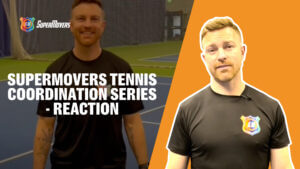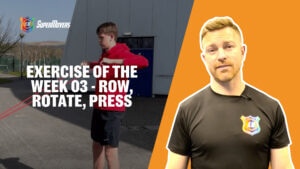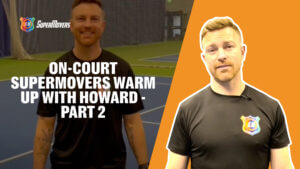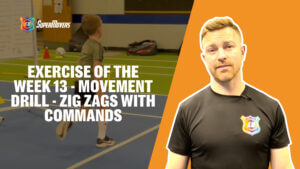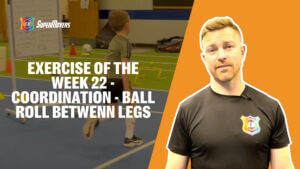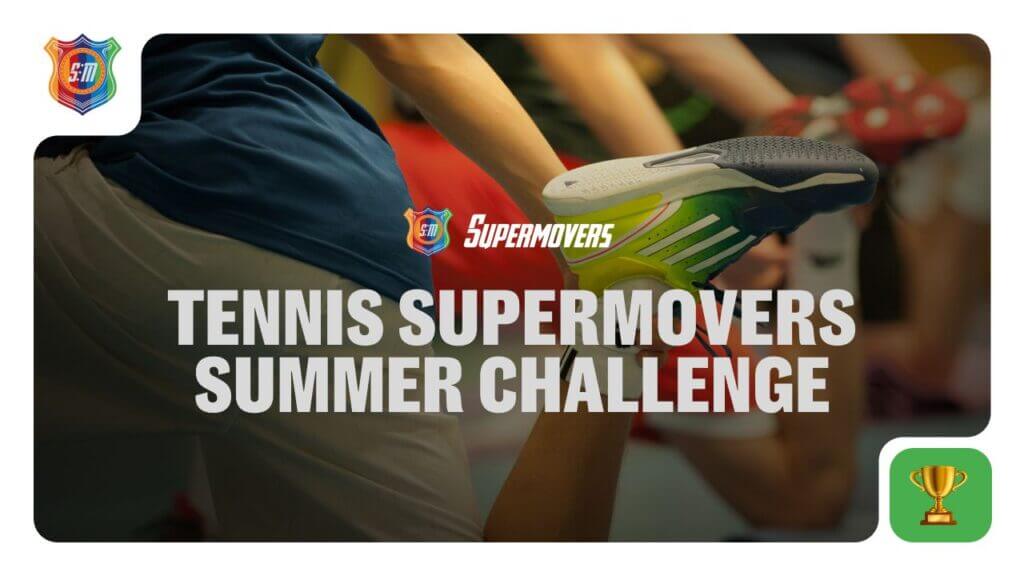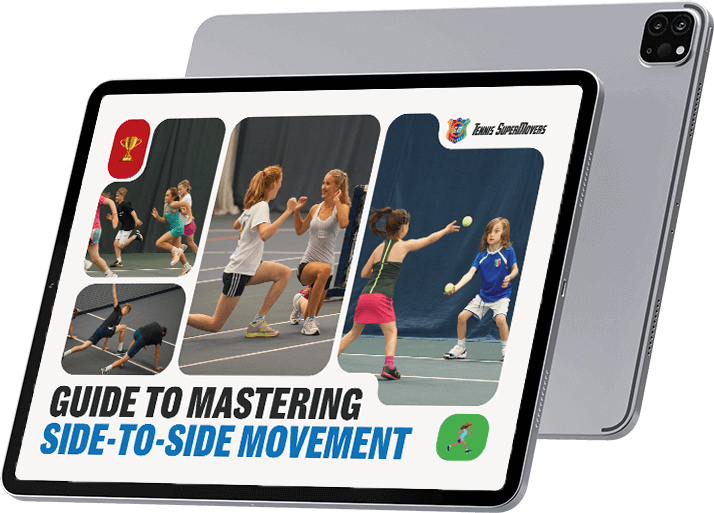Maintaining your on-court speed
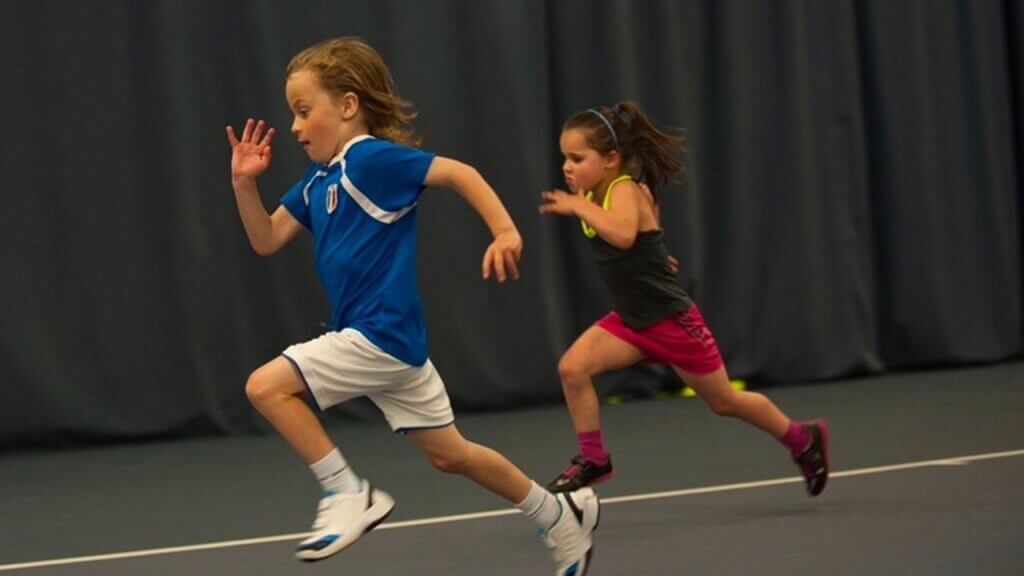
Maintaining your on-court speed
When players come back to full training blocks in September, coaches wonder why their player’s have lost their edge. Often it is because they simply haven’t been completing enough speed and power work to maintain their performance levels.
With a focus this week on speed and how to maintain conditioning over summer, I want to introduce you to some of the guiding principles used in strength and conditioning (S&C), with a focus on the principle of reversibility. These principles drive my programme design and decision making as an S&C coach. I have added an explanation of each, along with a tennis specific example so you can utilise them in your programming.
Individuality – Each athlete is unique and responds differently to training, which can be influenced by elements such as – biological age, training age, gender and body type.
For example – we may have two young tennis athletes of the same age, however one player has been doing structured S&C training for 5 years, whereas the other has only just started. The difficulty and intensity of their S&C programmes would be very different, with the newcomer learning the basics, while the more experienced player can use more complex and demanding exercises.
Specificity – The athlete’s body will adapt specifically to the training it is exposed to, such as the muscles used, the type of endurance quality (low to high intensity) and the specific movement patterns.
For example – a player’s game style would dictate their physical programme, the way in which we would train the endurance and movement for a serve-volleyer, would be much different than that of a counter-puncher. The serve-volleyer would focus on short explosive bouts, moving quick up the court and being agile at the net, where the counter-puncher would require high levels of endurance and excellent side-side movement.
Overload – In order to change the body, whether that be a making it faster, fitter or stronger, the athlete needs to be exposed to an ever-increasing stimulus. Each time the player completes a session the body will adapt to that level of stress, therefore the next session must be a little bit tougher than the last, to drive this improvement in the body.
For example – if we are looking to improve the player’s split-step we would use exercises called plyometrics. Across a training plan the type of exercise we would use would need to increase in intensity (only if the player shows perfect technique). So we may start with basic skipping rope drills, progressing to ankling exercises (you learn these in our SuperMovers programme), then on to hurdle exercise, which over time progressively overloads the body and increases the reactiveness of the split-step.
Reversibility – When a training stimulus is taken away from an athlete for an extended period of time, they are unable to maintain the level of performance. Over time, the gains they have made via training will return to the original level – the terminology for this is detraining, simply put ‘use it or lose it’ – this is UNLESS you maintain the training even in competition phases.
The table below illustrates the rates at which athletes can detrain for different physical qualities.
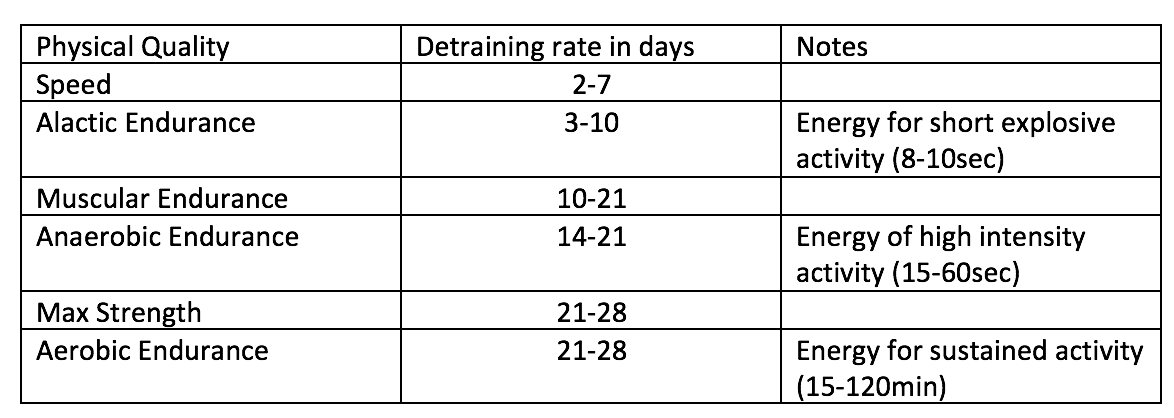
As you can see from the table, speed (chasing down drop shots) and the ability to complete short explosive activity (intensive repeat change of direction in a tough rally) drops in as quick as 2-3 days!
The ways in which I combat this in the competitive season is to add jumps, sprint mechanics, short sprints (5-15m) and change of direction drills in the players extended warm-ups – which they complete in their morning practice at tournaments, and warm-ups prior to tennis lessons back at base. In addition to these frequent exposures, I will aim to see the players every 7-10 days where possible between tournaments to go through a more in-depth speed and power session.
If you check out this Exercise of the Week 14 post, it will give you a couple of ideas for some speed/change of direction drills you can add in with your players. Ensure to complete a full tennis warm-up prior to doing these drills.
I hope you have found the above information useful, if you have any questions then simply drop me an email at howard@tennissupermovers.com

